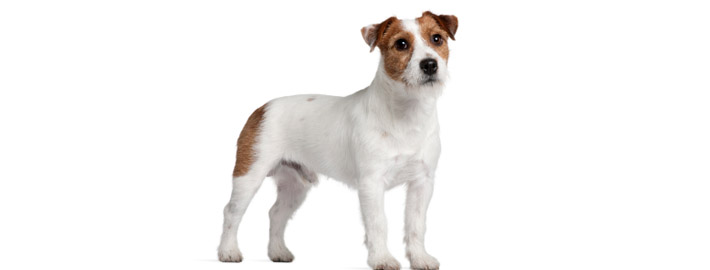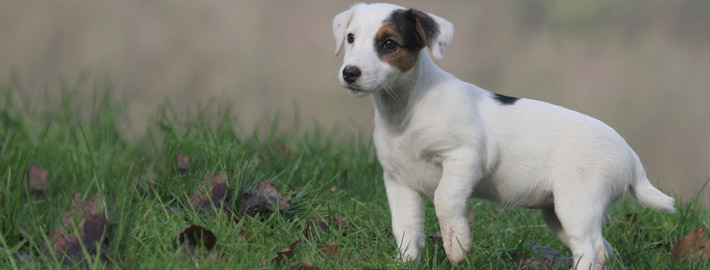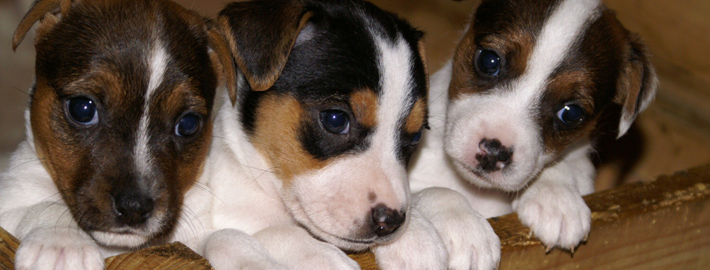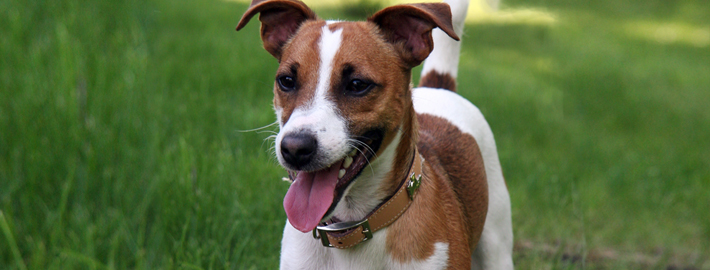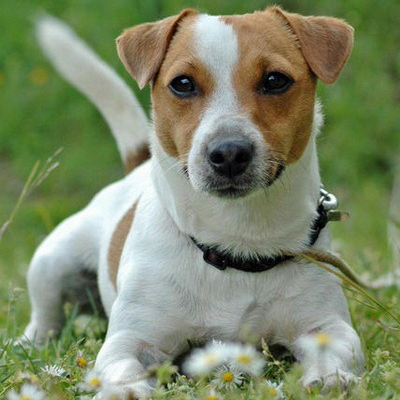What makes the Jack Russell Terrier Unique?
The Russell Terrier is confident, highly intelligent and faithful, and views life as a great adventure.
Breed Groups
Page Contents
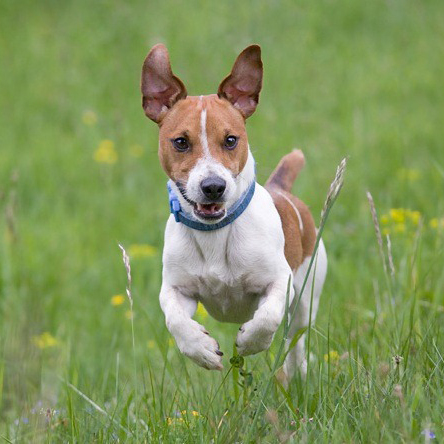
Is the Jack Russell Terrier Right For You?
The Jack Russell Terrier is a cheerful, merry, devoted and loving dog. It is spirited and obedient, yet absolutely fearless. Careful and amusing, he enjoys games and playing with toys. Stable Jacks are friendly and generally kind to children. Children should be taught not to tease or hit the dog. They are intelligent, and if you let them take an inch, they can become willful and determined to take a mile.
The Jack Russell Terrier will do okay in an apartment if it is sufficiently exercised. It is very active indoors and will do best with at least an average-sized yard.
In 5 Words
- Athletic
- Independent
- Resilient
- Agile
- Crafty
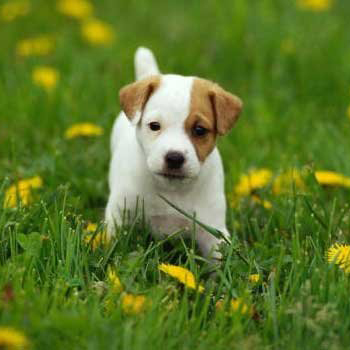
Characteristics
Learn About the Jack Russell Terrier
Description
General Description
About as long as it is tall, a typical Jack Russell is small, sturdy and strong. Their heads are typically flat with some width at the ears, a medium-length muzzle, black nose, alert almond-shaped eyes, a strong jaw and muscular cheeks. They have muscular necks that slope down to a fairly shallow chest, strong front legs and muscular hindquarters. The tail is normally in proportion to body length, set high but not curled up. Jack Russell Terrier coats are smooth but tough enough to be protective, and the colors are typically white with black, tan or brown.
Short History of the Jack Russell Terrier
The Jack Russell Terrier was developed in southern England during the mid-1800s by Parson John Russell, from whom the breed took its name. Russell aimed to create a working terrier who would hunt with hounds, bolting foxes from their dens so the hounds could chase them.
The Jack Russell became a favorite of many sportsmen, especially those who hunted on horseback. The breed was known in the U.S. by the 1930s, and several breed clubs sprang up with different opinions concerning the Jack’s appearance, working ability, and whether he should compete in conformation shows or remain a working dog.
The Jack Russell Terrier Club of America maintains an independent registry and considers the Jack purely a hunting dog, but the Jack Russell Terrier Association of America (JRTCA) sought recognition by the American Kennel Club, which was granted in 2000. To differentiate it from the dogs registered by the JRTCA, the American Kennel Club renamed the breed, calling it the Parson Russell Terrier.
Temperament
Jack Russell Terriers have a fierce, headstrong independence and need special attention to maintain an even keel. For this reason, some experts recommend that only experienced dog handlers should have one. Animal shelters around the country have plenty of unmanageable Jack Russells whose owners raised them untrained and unchecked.
At home he is energetic, playful, overwhelmingly affectionate and highly active. He can be difficult if not properly trained. From the time he is a puppy until old age, he will require a great deal of attention and exercise. Outgoing and friendly, the Parson is tenacious in the field and affectionate in the home. No matter the venue, the breed is filled with energy, so he requires regular exercise and attention. Although good with children, he does not tolerate rough handling from toddlers.
Caring for Your Jack Russell Terrier
Grooming & Bathing
All coat types are easy to groom. Comb and brush regularly with a firm bristle brush, and bathe only when necessary. To show, owners must strip the coat. Like the rough coat, the broken coated Jack needs to be stripped out also.
Exercise & Training
The Jack Russell is a people lover who should live indoors with the family. It’s best if he has access to a fenced yard where he can burn off some of his abundant energy. The fence should be impossible for him to climb, dig under, or jump — think Fort Knox. And don’t count on an underground electronic fence to keep your Jack in the yard. The threat of a shock is nothing compared to the desire to chase what looks like prey.
Always walk your Jack on leash to prevent him from chasing other animals, challenging bigger dogs, or running in front of cars. Give him 30 to 45 minutes of vigorous exercise daily, as well as plenty of off-leash play in the yard to keep him tired and out of trouble.

